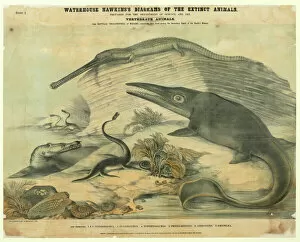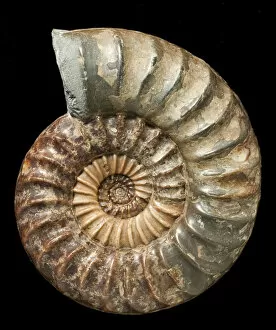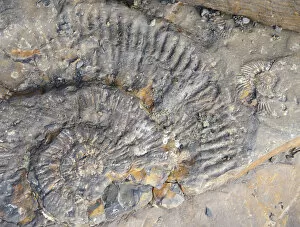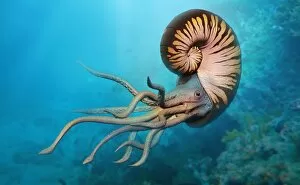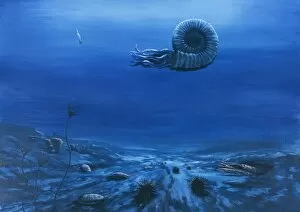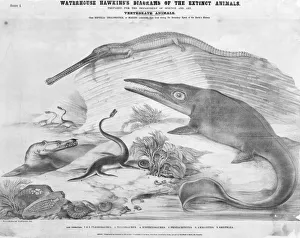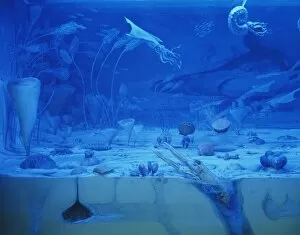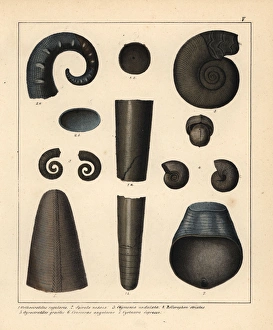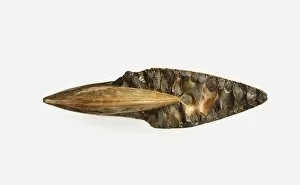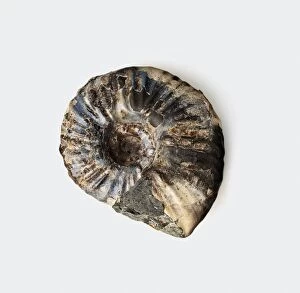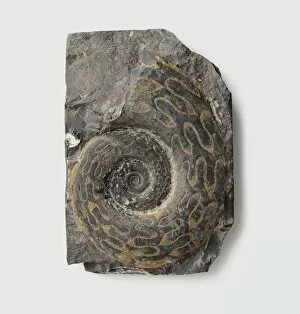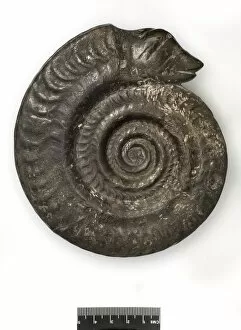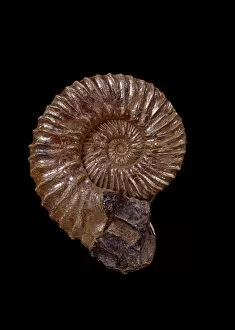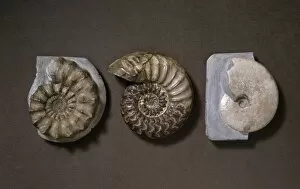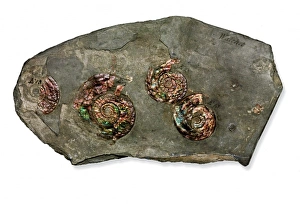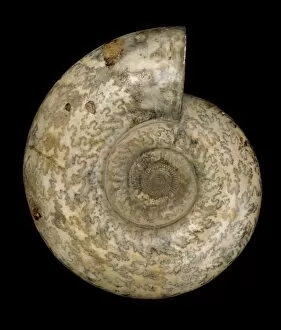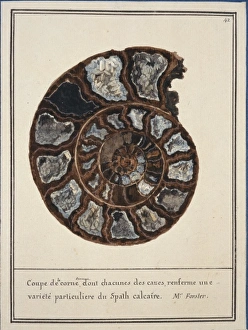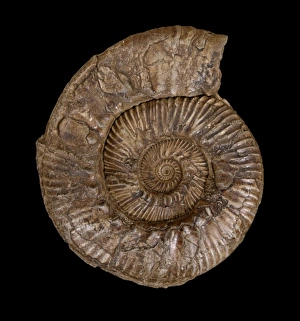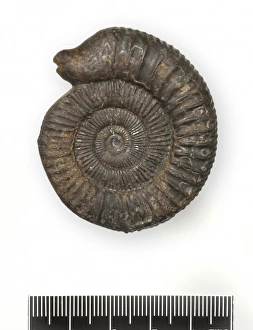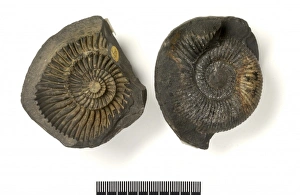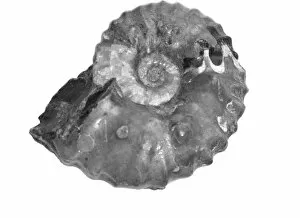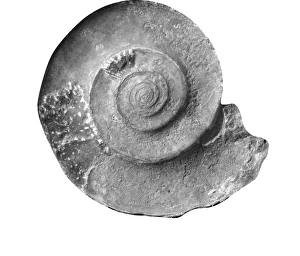Ammonoid Collection
"Exploring the Enigmatic Ammonoid: Unveiling the Mysteries of Extinct Marine Reptiles" Delving into the depths of ancient oceans
All Professionally Made to Order for Quick Shipping
"Exploring the Enigmatic Ammonoid: Unveiling the Mysteries of Extinct Marine Reptiles" Delving into the depths of ancient oceans, we encounter the fascinating world of ammonoids. These extinct marine reptiles, like Asteroceras and Rasenia uralensi, once roamed our planet millions of years ago. Their legacy lives on through remarkable fossils such as Ammonite fossil C016 / 5777, which offer a glimpse into their prehistoric existence. In Kimmeridge Bay, Dorset, UK, remnants of these enigmatic creatures can still be found adorning ledges. The sight is awe-inspiring; it transports us back in time to when ammonites thrived in abundance amidst a vibrant ecosystem. Fossils of cephalopods and ammonoids provide further evidence of their presence throughout history. One particularly striking example is Dactylioceras commune - a snakestone ammonite that captivates with its intricate spiral pattern. Its preservation within Cretaceous chalk seafloor showcases nature's artistry frozen in time. Amidst this primordial seascape existed an array of other mesmerizing species including Plesiosaurus, Telesaurus, Ichthyosaurus, Pentacrinites - all coexisting alongside Ammo and Goniatites. Together they formed an interconnected web of life within these ancient waters. Nipponites mirabilis stands out among its counterparts with its unique shell structure and captivating beauty. This particular ammonite has left an indelible mark on paleontological records for generations to come. Imagine stepping into a chalk sea diorama where you witness firsthand the majesty and diversity that once flourished beneath the waves. It's here that we truly appreciate the significance and wonder surrounding these extraordinary creatures from Earth's past. As we explore further into their mysterious realm, each discovery unravels more secrets about their biology and evolution.

